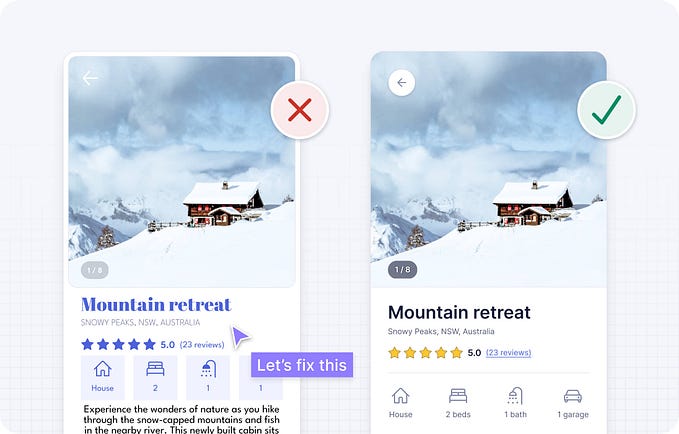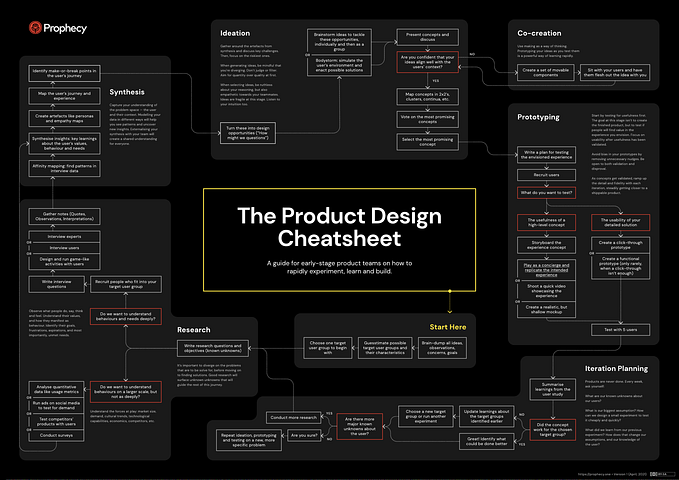The Minimum Viable Product
Introduction
A key part of the product development cycle, the Minimum Viable Product (MVP) plays a significant role. In many respects it provides a glimpse into the future state of a digital product. Unlike the fully completed product, the MVP intentionally contains a limited set of features, designed to give the stakeholders not only the insight into the future complete state of the product, but also to provide assurance that the product development process is on the right path with a sound strategy.
Minimum Viable Product
Irrespective of the features and other components of the MVP, it is important to understand its very purpose. One of its primary goals is to validate the overall product development approach the product team has embarked on. It is also designed to assure the stakeholders that the product team — along with other groups — is collaborating effectively to bring the future product to life. Depending on the nature of the product and applicable regulatory requirements, compliance and legal groups may also be involved in the MVP process.
Vision
A Minimum Viable Product is also an early indication of the effectiveness of overall product vision, set forth by the product team, and coordinated and validated amongst all of the product groups. The role of the product manager, or product owner, is ever so critical in this initial step. A well-aligned strategy greatly enables the overall success of the product development, with the MVP being a steady weathervane of the effectively tailored product vision.
Project Management
Achieving an effective MVP is an important managerial and technological challenge, requiring close coordination of all of the groups involved in the product development process. As mentioned earlier the roles and responsibilities of the product and project manager are of special significance. Product managers assure that the overall product cycle efforts align closely with the strategy and vision, addressing the stakeholders’ product requirements, both in terms of initial product capabilities and in terms of desired product features — all part of the initial MVP release. Depending on the complexity of the product there may be several product managers, lead by a more senior product leader with extensive expertise and experience.
A project manager assures smooth coordination among the efforts of all of the product development groups, including third-party vendors if so required. Their day-to-day coordination and, more importantly, communication is key to the overall success of the product development flow. They work in close coordination with the product manager, assuring close alignment between the planning and development processes and the overall product strategy.
Future State
In its conceptual core, the MVP is the scaled-down version of what a future product may look like in its full release, with most, if not all of the planned features. An early prototype of the future digital product, an MVP presents a structurally robust and technologically capable application. It effectively outlines major core functionalities, and defines primary and secondary interactive patterns. In its initial format it addresses major product requirements, while offering a comprehensive structural and technological framework for accommodating future additional features and capabilities.
User Testing
An effective MVP also provides for comprehensive user testing. It broadens the scope of the initial user testing, conducted during the early-stage planning and development phases. It offers the insight into the users’ initial product experience as well as their understanding of its various capabilities and functionalities. The research data and the knowledge gleamed not only provides better understanding of the initial experience with the product, but may also affect the overall product strategy going forward, including technical and other components. Undoubtedly, the research provides a valuable insight and feedback.
Quality Assurance
The Quality Assurance (QA) team works in close coordination with the engineering and development groups in addressing technical concerns related to the Minimum Viable Product. Depending on the size of the organization and the scope of the overall product approach, quality assurance team may closely coordinate with the network architecture, database management, information security and other technology groups.
User Experience
An integral part of the overall product team, the User Experience (UX) group plays important role in the product development cycle. UX practitioners provide broad scope of specializations, including information architecture, content development, research, interactive design, and others. The UX group’s expertise and knowledge of best practices effectively compliment the efforts of the larger product team. User Experience specialists develop appropriate product experience solutions, which align with the product strategy and answer the business requirements.
Conclusion
In my article, Product Development — a Creative Process, I outline the importance of effective collaboration among all product groups, including Development, User Experience, Marketing and other. The initial success of the Minimum Viable Product provides the required foundation going forward, and in the long run assures the overall success of the product development process.










